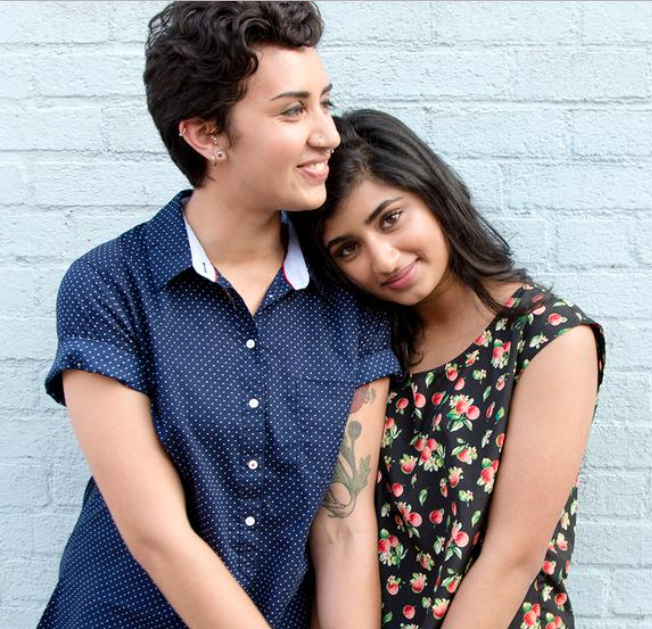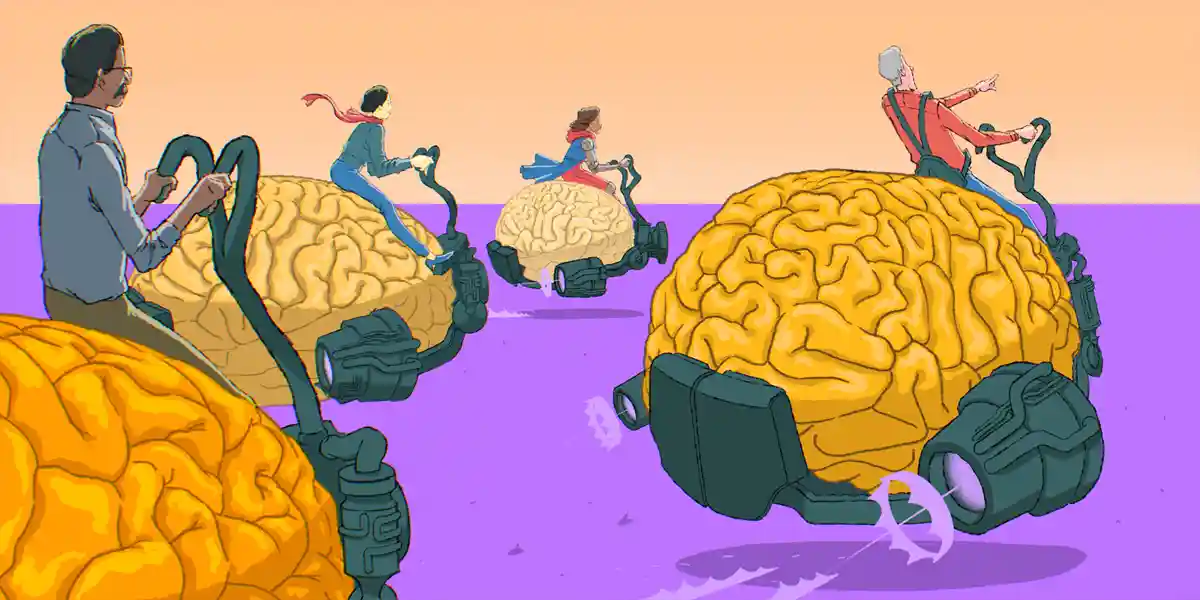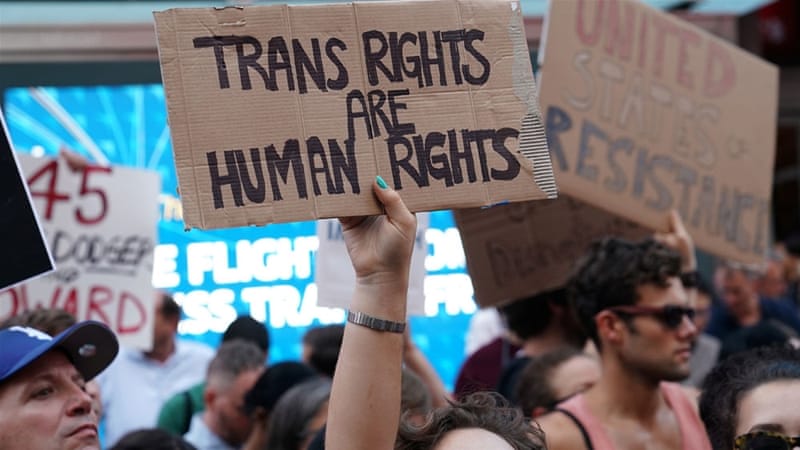By Anonymous,
A few weeks ago, I found myself looking around on the Planned Parenthood website. I had just seen an interview with Cecile Richards, the organization’s president, and wanted to know more about what they did and how they helped people. I clicked the “see all topics” link, and scrolled down through the headings. “Birth control,” ”STDs,” ”Pregnancy,” “Abortion,” opening links when I was interested in what Planned Parenthood had to say and leaving others closed. I scrolled down some more and my heart skipped a beat. I stared. I blinked back tears as I smiled. I hadn’t read the heading yet; it was the picture. I tried to think- this couldn’t be the first time I’d seen something like this. But it was.
I am a lesbian of Indian heritage. And this was the first and only time I have ever seen a romance story and thought, “I guess that could be me someday.”
I have never read, watched, or even listened to a love story and seen myself in it. When it comes to representation of the LGBTQ+ community, mainstream media is ticking the boxes. Doing the bare minimum, the basics. And the basics look like a white homosexual. No Latinos, bisexuals, Asians, or asexuals.
Similarly, mainstream media in the western world would have you believe that all south Asians are Indians, that all the men are socially inept geniuses, and that all the women are jealous, boy-crazy, and constantly going through a “rebellious phase”. (Since mainstream media hasn’t yet produced many human genderqueer characters of any race, I’ll stop there.)
Characters of color, like LGBTQ+ characters, tend to appear in the media for the purpose of fulfilling one of two roles. The first, a background or supporting character, who tends to be a) nothing but an amusing stereotype, or b) there for the sake of political correctness (and yet, somehow also manages to be turned into a stereotype). The second is the role of the main character, and in that case, the entire point of the show/movie is that they are a sexual/racial minority. In other words, in the rare event that a minority appears on TV, they are simply not allowed to be a regular person with a normal life who just happens to be a minority.
This brings us to the next question: why? Why are minority communities so often under/misrepresented? The obvious answer is that they’re minorities. There are less of them in real life, so it makes sense that there would be less of them in the fictional world, right? But at the same time, aren’t role models that look like me just as important for me as they would be for a straight white girl? I don’t believe I am any less deserving of representation than she is. I don’t think I should have had to stumble upon representation on the planned parenthood website in the form of a photograph at the age of fourteen.
Maybe it’s time for mainstream media to do more than just check the boxes. Representation is a matter of portraying people as they are, in the way they live their lives. It shouldn’t have to be political; it shouldn’t need to be activism. One of the great things about the Planned Parenthood photo is that the women in it are allowed to be human. They’re allowed to be normal. There aren’t any rainbows anywhere, no one is congratulating or reprimanding these women, because why would they? Their relationship is personal, and it’s natural. The world is full of people who want the media to take politics out of the small moments of their everyday lives. And we hope for an age in which we can take representation for granted.



